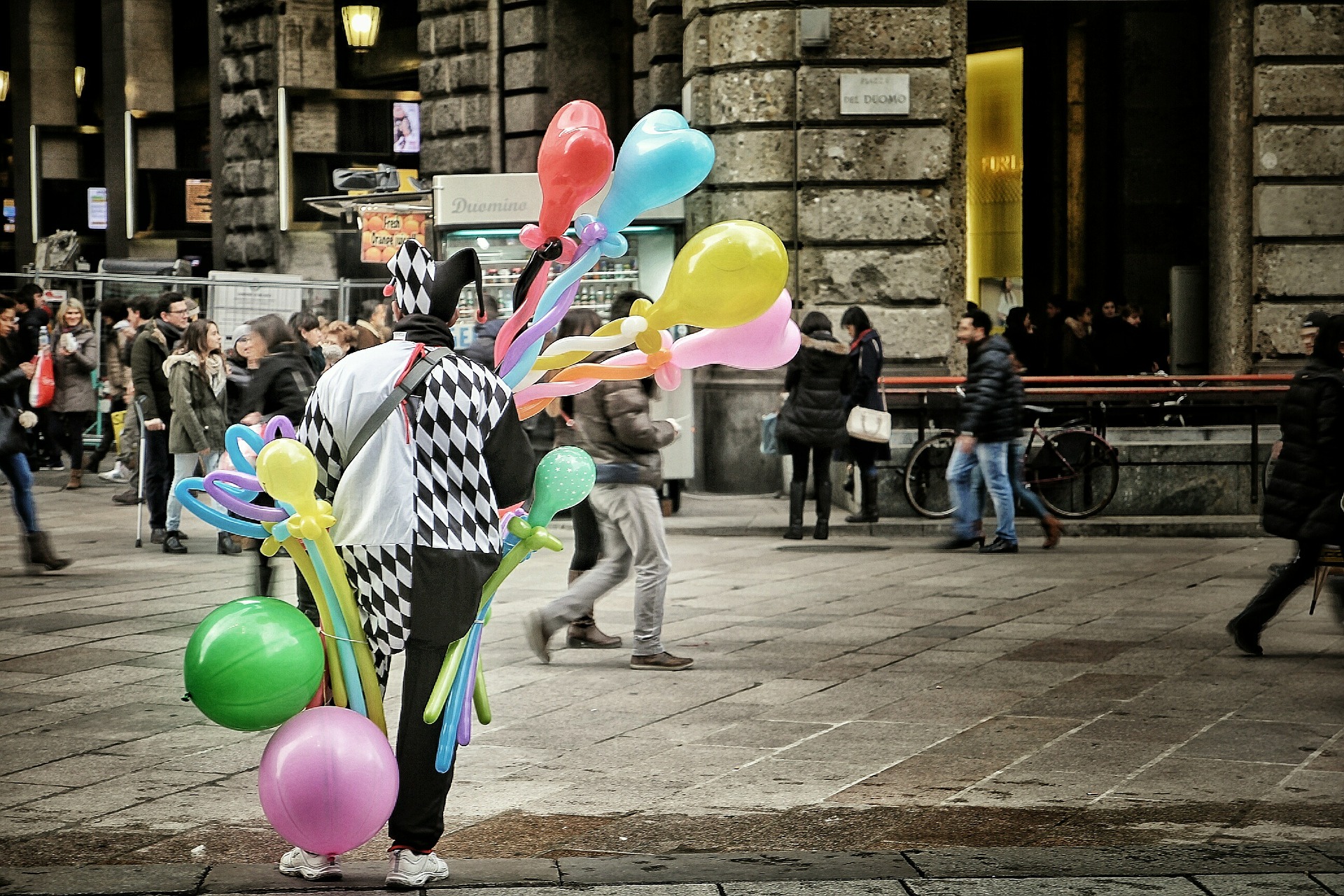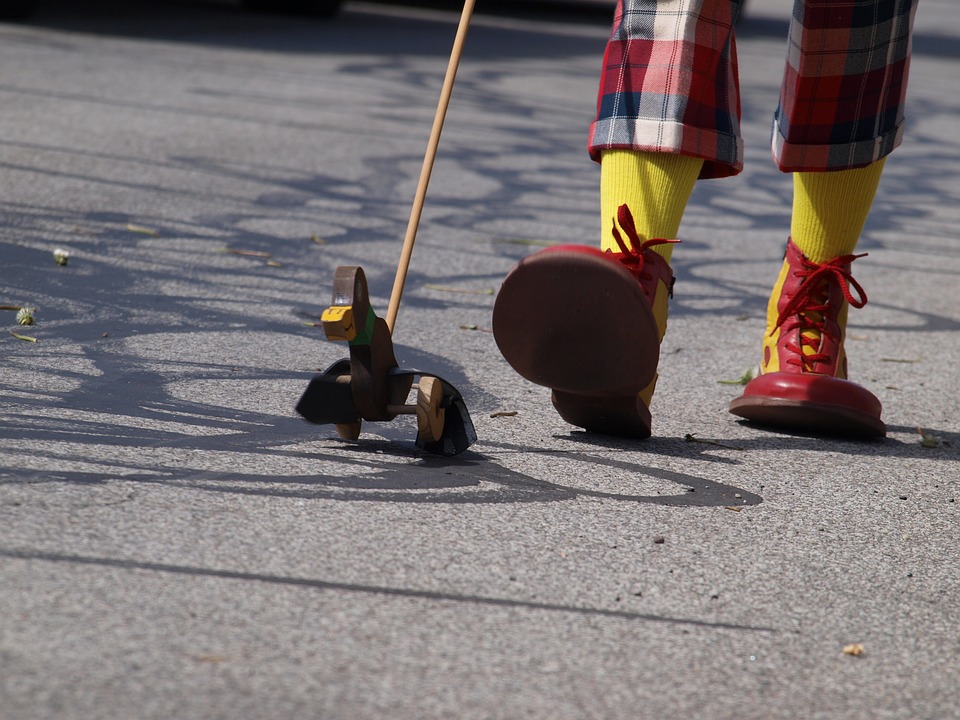
It all started in Greenville, South Carolina, on Aug. 20.
The next day a boy and his mother reported seeing clowns in the woods surrounding their apartment complex, Fleetwood Manor Apartments. Multiple others in the area had also noticed clowns hanging around, which prompted Fleetwood to issue a warning to its residents.
“If a person or persons are seen you are immediately to call the police,” the statement read.
Since then, clowns have been sighted in at least 37 states.
Philadelphia has also been affected by the clown phenomena. Philadelphia School officials discovered menacing social media posts that included pictures of clowns and references to kidnapping and killing students and teachers Oct. 1.
“While there have been similar social media posts regarding schools in other states and in Pennsylvania the [Philadelphia Police Department] and the [School District of Philadelphia] remain in contact with homeland Security and will continue to investigate local threats on social media,” the School District of Philadelphia said in a statement.
“This is a situation that local law enforcement authorities take quite seriously, ”John Earnest, White House press secretary, ensured in a press conference.
Dr. Nancy Raitano Lee, a psychology professor at Drexel University, helped shed some light on what might be behind this clown sensation and how it has become so widespread. She believes that there are numerous factors that have played into this developing epidemic, including social media and its impact on teenagers, as well as many people’s innate fear of clowns.
Social media has made it easy for people to share these clown sightings in completely different parts of the country and around the world.
“It seems that social media must play a role in it. It is unlikely that people are coming up with these ideas independently,” Lee remarked.

In an age where everyone is connected, it’s hard to find someone who is unaware of the current clown situation, which might factor into why sightings are so prevalent.
Another factor is that many of these clown sightings have been made by kids and teens, which prompts Lee to think that in many cases, people are fabricating the sightings or have mistakenly identified an unknown person as a clown.
Lee says research indicates that children are not extremely reliable witnesses, since they are more suggestible than adults.
“If they have it in their minds, they are more likely to misattribute something to being a clown even if it’s not,” Lee said.
As news stories about clowns are everywhere, people, especially children, are more likely to jump to the conclusion that some dark figure in the woods or some strangely dressed person in the streets might be a clown.
Lee reasons that while there are real sightings of people dressed up as clowns, it is more likely that a lot of the reports are unsubstantiated or fictitious.
“It could be copycats. It could be teenagers wanting to draw attention to themselves and the situation… it could just be a social media contagion. It’s not clear what the psychology behind it is,” Lee said.
However, the menace has escalated to a dangerous level in some places. Many schools, including ones in the Philadelphia area, such as Neumann-Goretti High School and Northeast Charter High School, have received bomb threats from “clown” Instagram and Twitter pages. The youngest known perpetrator is a 12-year-old arrested in New Jersey for making threats via the Instagram account, “killerclownfromnj.” More than 30 other teens across the country have been arrested and charged for falsely reporting clowns, making terroristic threats via clown pages, or other clown related incidents.
As a specialist in the area of child psychology, Lee explained that teenagers tend to make riskier decisions when their peers are influencing them. Studies show that making risky choices while amongst peers can even cause activation in the reward center of a teen’s brain.
In one experiment involving a driving game similar to Red Light Green Light, teens made dangerous decisions more when playing in a group than when they were playing alone. These teens were also more likely to choose to take risks that paid off in immediate rewards when they were with other teens their age. Another study showed that kids ages 12 to 15 and 17 to 18 engage in more reward- and sensation-seeking behaviors than any other age group.
Perhaps this can explain some of what is behind this wave of clowns. Teenagers may realize the consequences of their actions, but are more concerned about showing off to their peers. While most would not make a clown profile page or dress up as like clown and meander around town, some teenagers might think about it as a way to get attention from classmates and friends.
Lee believes that is a major part of what is perpetuating the clown headlines.
“The importance of peers and being reinforced for potentially risky or maladaptive behavior is likely to be a factor in keeping [this trend] going on,” Lee said.
Lee then elaborated on why so many people might be afraid of clowns.
“Some professionals have noted that clowns have one expression painted on their face and you don’t really know what is behind that expression. A lot of what we do in our social interaction is reading people’s expressions,” Lee said. “That inconsistency may be frightening to some people because you can’t really see what a clown is feeling.”
While Lee isn’t sure if the clowns are something that we should be truly worried about, she knows that the police will not be taking the matter lightly.
“Ultimately, law enforcement is going to take each threat seriously, because the one that they ignore could be the one that actually is a valid threat,” Lee said.
Clown sightings can be reported to Philadelphia police by calling 911. Drexel Public Safety is also available to accompany students to their homes or classes if they should feel unsafe.

